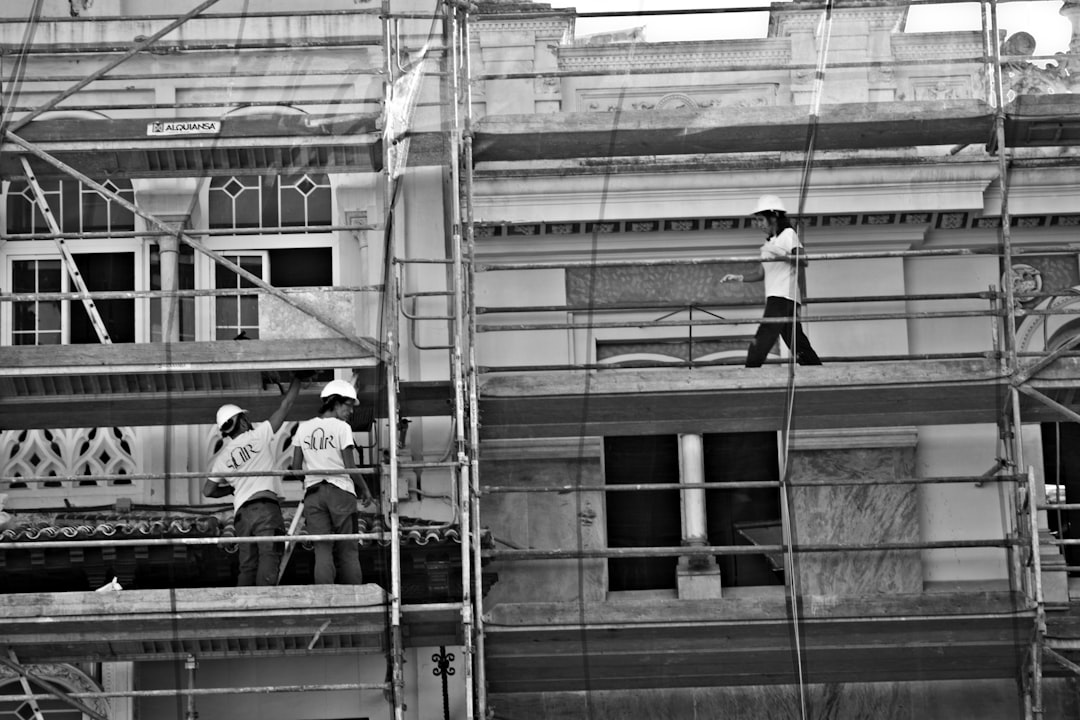
A sheetrock vent hood does more than hide ductwork. It anchors the kitchen’s focal point, provides a fire-resistant surface, and completes the aesthetic transition between cabinetry and ceiling. CountBricks specializes in designing, framing, hanging, and finishing custom sheetrock vent hoods that integrate flawlessly with today’s open-concept residences. By combining AI-driven estimating with veteran craftsmanship, we help homeowners and builders hit budgets and schedules with surgical accuracy.
• Coordination between HVAC rough-in and framing
• Achieving clean radius corners or complex geometric lines
• Controlling joint cracking caused by hood vibration
• Matching texture and paint to surrounding drywall
• Keeping material waste low while meeting fire code
CountBricks tackles these hurdles with pre-construction modeling, laser measurements, and real-time field updates through our voice-powered app. Visit CountBricks.com/services to see how our technology bridges design intent and job-site reality.
Traditional takeoffs rely on highlighter pens and guesswork. CountBricks lets you snap a photo of your kitchen blueprint and speak your specifications. Within seconds, our AI quantifies board feet, corner beads, fasteners, and labor hours specific to a sheetrock vent hood. The result: predictable pricing you can present to clients before demolition even begins. That transparency builds trust and keeps change orders to a minimum.
1. Voice Capture: The superintendent opens the CountBricks app and records dimensions while walking the space.
2. Instant Estimate: AI cross-references local material indexes and crew rates to generate a live proposal.
3. Approval & Scheduling: Homeowner e-signs the quote, and our scheduler locks in the drywall crew.
4. Precision Framing: Metal track is laser-aligned to ensure the vent duct remains centered.
5. Rock & Tape: Technicians hang 5/8" Type X board, apply setting compound, and embed mesh at high-stress seams.
6. Finish & Texture: CountBricks finishers match existing knockdown, orange-peel, or smooth surfaces for a seamless look.
7. Quality Scan: A final AI photo analysis flags imperfections under different light temperatures before homeowner walk-through.
Board Thickness: Many codes require 5/8" Type X for hoods above gas ranges. CountBricks pre-loads these requirements into every estimate.
Corner Reinforcement: Bullnose corners soften contemporary kitchens, while square metal beads emphasize industrial themes. We stock both to eliminate supply delays.
Fastening Schedule: • 8" OC on framing edges • 12" OC on field • Extra screws at fan bracket locations to resist vibration
Joint Compounds: Setting-type powder on the first coat reduces shrinkage, while lightweight all-purpose on the final pass delivers glass-smooth sanding.
• Hood size and shape complexity
• Height from finished floor to mounting point
• Required fire-rated assemblies
• Texture match difficulty
• Paint grade versus tile or plaster overlay
Because CountBricks links every cost driver to real-time market data, your estimate stays current even when commodity pricing shifts.
Our AI schedules each micro-task—framing, hanging, taping, sanding—based on crew availability and material lead times. For a standard 36" hood, CountBricks averages three site visits across four calendar days. Larger architectural hoods with recessed lighting niches may extend to seven days. By sharing this schedule with every trade partner, we reduce conflicts with electricians or cabinet installers.
• Pre-drill pilot holes when fastening near duct edges to prevent screw pops
• Install acoustic putty pads behind fan mounting bolts to dampen vibration
• Back-prime raw gypsum before applying high-sheen paint for uniform finish
• Use LED inspection lights held at a low angle to reveal surface waves
• Capture as-built photos in the CountBricks app for warranty documentation
CountBricks coordinates directly with mechanical, electrical, and millwork teams, sharing our digital model to avoid rework. When the electrician needs to place LED strip lighting inside the hood, the exact stud layout is already available inside the CountBricks dashboard. That collaboration means fewer surprises during trim-out.
If you’re planning a kitchen remodel or new build, leverage CountBricks to streamline your sheetrock vent hood from concept to completion. Request an AI estimate or schedule an on-site consultation at CountBricks.com/consultation.

When the Donovan family in Colorado Springs decided to swap their microwave vent for a statement range hood, they worried about hidden costs and extended downtime. CountBricks solved both.
• 48" commercial gas range requiring 5/8" Type X sheetrock vent hood
• Curved front profile with integrated LED uplighting
• Knockdown texture to match adjoining walls
1. The project manager used voice capture to outline dimensions, instantly generating a materials list: six 4x8 boards, three bullnose beads, two 5-gal buckets of compound, and 12 labor hours.
2. Our AI compared local gypsum prices and locked a guaranteed materials rate for 14 days, shielding the Donovans from sudden market spikes.
3. A 3-D model was shared with the electrician, allowing pre-fabrication of the LED harness. Result: zero clashes and a one-day reduction in schedule.
4. During finishing, the crew uploaded progress photos. The CountBricks quality engine flagged a minor shadow line, which was corrected before paint—preventing a costly callback.
• Total schedule: 5 days from demo to final paint
• Budget variance: +1.2% (below the 3% contingency)
• Donovans’ rating: 5/5 stars in the CountBricks app
• Early digital coordination cuts trade overlap and rework
• Real-time pricing data protects budgets amid volatile material costs
• AI quality scans catch surface flaws the naked eye misses
Ready to transform your kitchen? Explore more success stories at CountBricks.com/portfolio or book your estimate today.